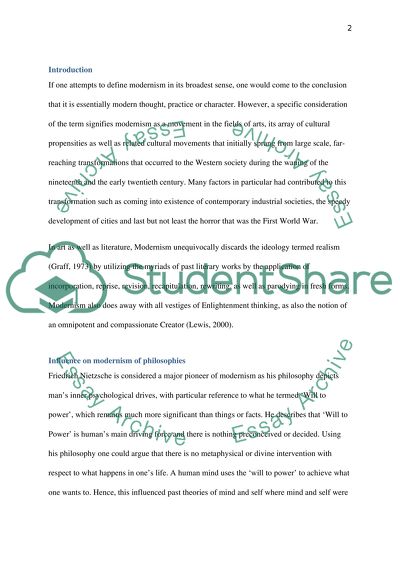Cite this document
(“Modernism Impact on Philosophies and Critical Theories Essay”, n.d.)
Retrieved from https://studentshare.org/literature/1451916-modernism-impact-on-philosophies-and-critical-theories
Retrieved from https://studentshare.org/literature/1451916-modernism-impact-on-philosophies-and-critical-theories
(Modernism Impact on Philosophies and Critical Theories Essay)
https://studentshare.org/literature/1451916-modernism-impact-on-philosophies-and-critical-theories.
https://studentshare.org/literature/1451916-modernism-impact-on-philosophies-and-critical-theories.
“Modernism Impact on Philosophies and Critical Theories Essay”, n.d. https://studentshare.org/literature/1451916-modernism-impact-on-philosophies-and-critical-theories.


